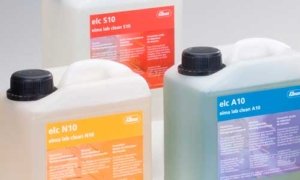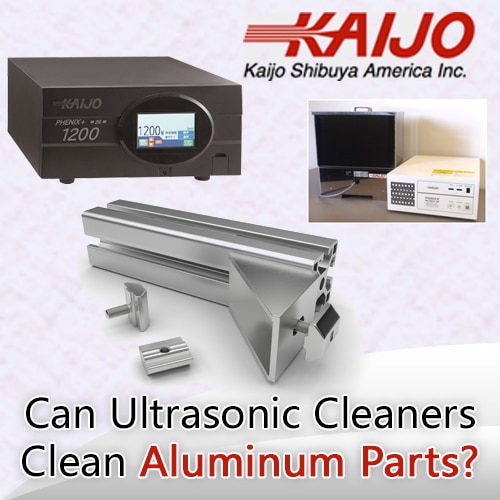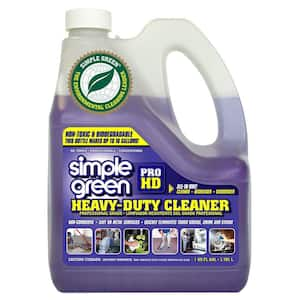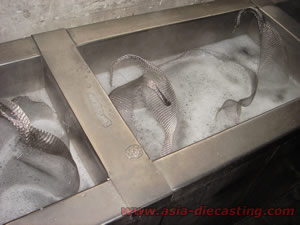Ultimately if you leave a soft part like polished aluminium in an ultrasonic for too long it will eventually start to erode due to the ultrasonics if the correct parameters are used cavitation erosion should not occur.
Ultrasonic cleaner solution for aluminum.
Enzymatic solutions the enzymatic solutions are mostly used in the food and medical industries.
They are formulated to remove protein based contaminants from plastics glass aluminum brass titanium and stainless steel.
Acidic parts cleaner powerful and safe for aluminums.
Depending on the type of contaminant to be removed cleaning agents are usually acidic or bases.
If cleaning takes substantially longer because of the higher frequencies used for cleaning aluminum parts ultrasonic baths can be heated and cleaning agents can be added to the cleaning solution.
We recommend a 40 khz ultrasonic as it generates a finer implosion which will reduce the potential of cavitation erosion.
A concentrated cleaner and degreaser formulated to aid cleaning in ultrasonic baths.
Stainless steel ultrasonic cleaner solution tanks must be protected when using corrosive low ph solutions such as nitric sulfuric formic or hydrofluoric acid.
This is accomplished by using a plastic insert along with other precautions described in our post on safely cleaning with acid.
Being acidic in nature these ultrasonic cleaning solutions should not be used for machines that are made up of materials that are vulnerable to corrosion.
It is safe to use on all metals including brass aluminium copper zinc tin and alloys.
A concentrated ultrasonic cleaner fluid designed in the uk to clean sensitive metals including brass aluminium copper zinc tin and alloys.
Aluminum is a highly reactive element that suffers from corrosive action from both acids and bases.
Biodegradable safely dispose down any drain source highly concentrated.
In addition you can also use the ultrasonic cleaner solution to clean plastic materials ceramics and glass.





























